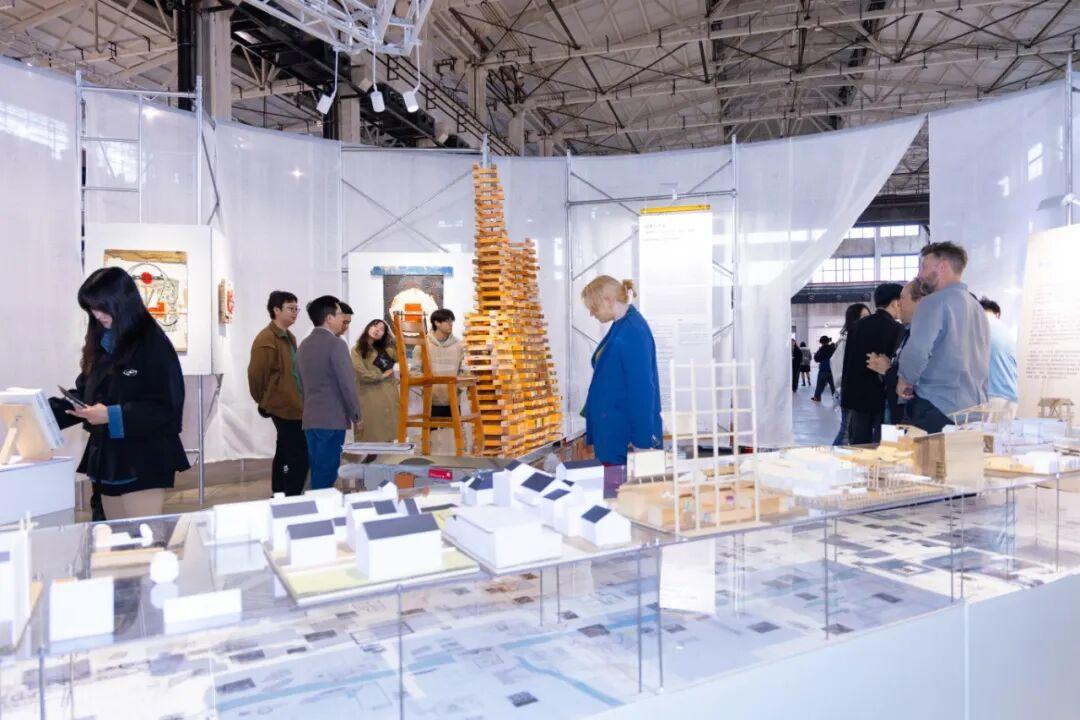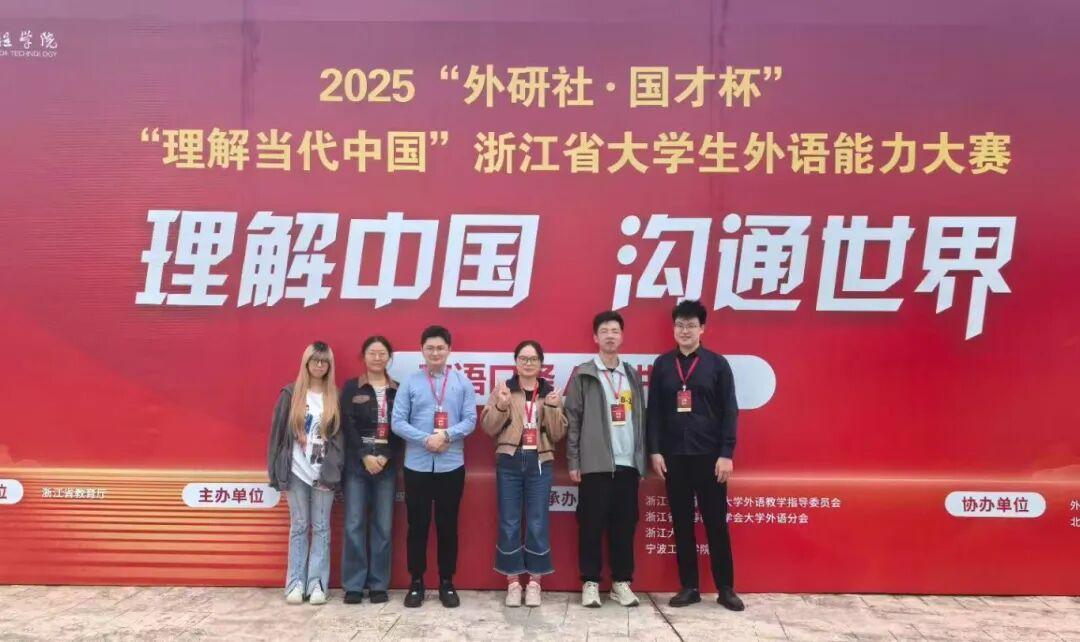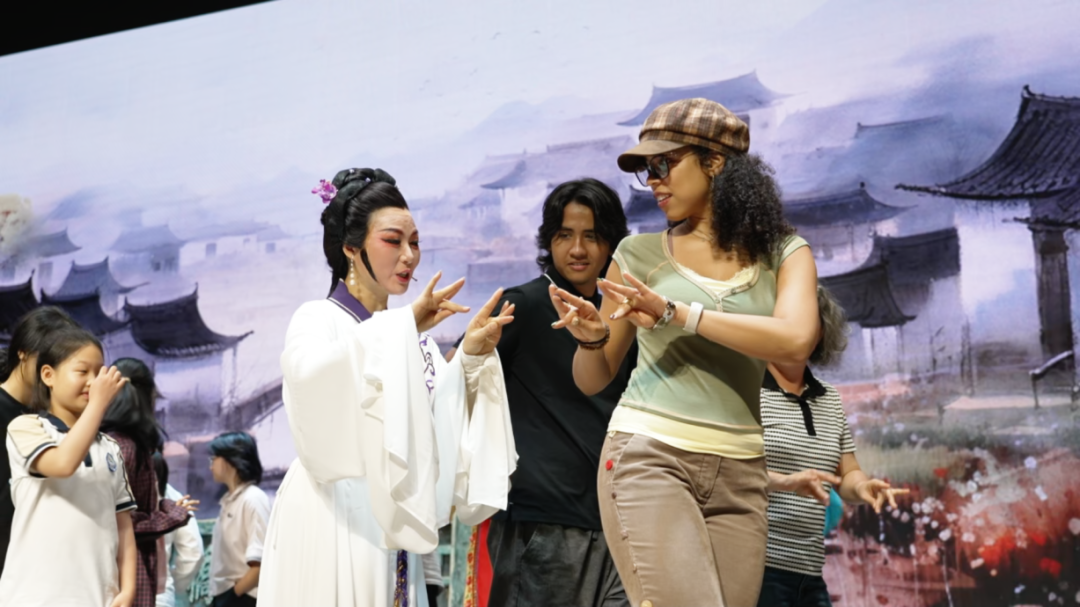Zhao Ruzhen: Born in the 2000s, She Applies Architectural Know-how to Rural Revitalization Undertaking in her Hometown
Zhao Ruzhen, a senior graduate majoring in Architectural Studies, is a native of Wenzhou City. During her four years at WKU, the post-00 girl absorbed the cutting-edge knowledge in architecture while applying what she learned to the protection of regional culture in Wenzhou. From joining her teachers in the conservation and renovation of urban villages to the innovative design competition of covered bridges and the renovation scheme for the diversion canal of Caocun Village in Rui’an City, she has been exploring how to preserve the local culture of her hometown.
01 Going Deeper in Regional Cultural Research at WKU
For Zhao Ruzhen, learning in the classroom is only part of the architectural study. In the past four years, she spent more time in fieldresearch across Wenzhou with her professors. Zhao spoke highly of the flexible environment of WKU, which guaranteed her extensive participation in extracurricular projects, competitions, and research related to economy, environment, politics, as well as social and urban contexts. During her freshman year, she was able to get involved in the renovation project of Wangzhai Village and research how this urban village can be rebuilt and protected.
In her sophomore year, she followed Professor Vincent Peu Duvallon to Caocun village to shoot the bilingual video series titled “Find Wenzhou with Wenzhou-Kean University”. On the way to their destination, they happened to pass a diversion canal leading to Zhaojiadu. At the sight of the 1.5-km canal stretching across green paddy fields, the professor soon associated it with a Swiss architect’s classic design in the 1970s, in which an aqueduct was converted into a public space for all. The research and renovation of the canal was then carried out after they were back from this trip. They visited the area two times for on-site surveys. In this process, they considered the architectural structure, local traditional culture, and folk customs.
In 2021, this project was credited as the Best Oral Presentation of the WKU Student Research Day. It even won the non-Architecture Finalist award in an international competition.
02 Designing a New Look for Covered Bridges
In 2021, WKU and the Taishun local government launched a cooperative cultural exchange program to promote the protection and inheritance of traditional construction techniques of wooden arch bridges. WKU initiated a competition focusing on the innovative design of covered bridges.
Zhao signed up as a team, together with another 6 students from different grades. During the field trips, her team discovered that the cultural inheritance of local covered bridges should be passed down as a literary complex. As a result, Zhao and her team introduced local intangible cultural heritages (landscape, covered bridges, operas and plaques) into the bridge design in the form of frames and paintings. Their works won the competition.
Zhao found that the most interesting and difficult part of the project was multiparty communication: “There were conflicts between old and new ideas from local covered bridge organization and the university. We also had to work with traditional structural engineers in construction.” In her view, the completion of a building brings together all the stakeholders and things involved, and that forms a channel of cultural transmission.
Currently, this project is in the final stage of architectural design.
03 Explore More Possibilities of Life
Zhao’s area of interest is more than architecture.
She designed a set of furniture for the WKU Alumni Association and investigated the issues of urbanization and the disappearance of agriculture from the perspective of different disciplines. Based on the analysis of the financial model and biological growth mechanism, the architectural proposal of her team won the first prize in the “ARCHITECTURE, CULTURE and AGRICULTURE: THE Challenges of Urbanization” competition. Under the guidance of Professor Vincent Peu Duvallon, they took part in the academic forum, and their findings were published in Architecture Media Politics Society (AMPS).
The engagements in cross-disciplinary research projects propelled Zhao to promote collaborative projects involving multiple subjects. As president of the WKU Architectural Association of AIAS, she assisted architecture students in developing academic interests and organizing interdisciplinary competitions. She also held a Sketch Night party to bring together students from WKU and Kean University.
Now in her fourth year at WKU, Zhao is in no hurry to decide her future. She chooses to take a gap year. “I hope I can spend time on work and exploring more interdisciplinary possibilities before going abroad for further study so that I can look at the study of architecture from more angles. Before serving as an architect for the public, I want to build my future first.” Zhao introduced that she will continue to delve into the fields of rural revitalization and native art in the future.




